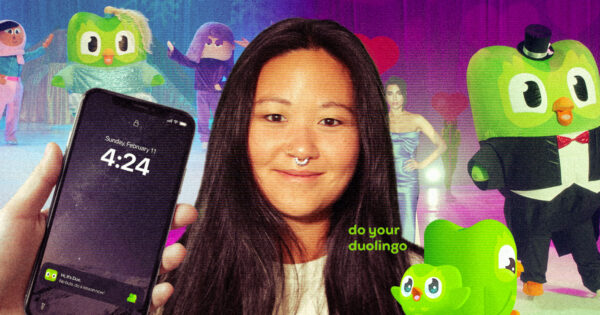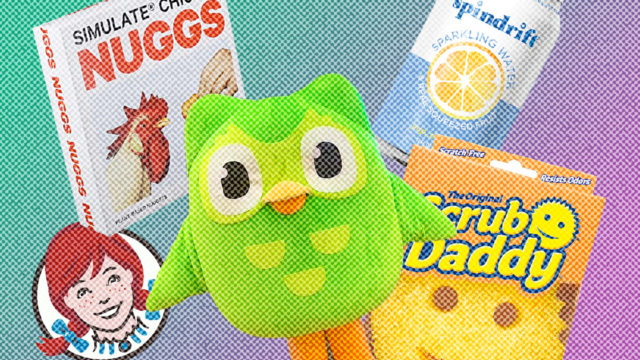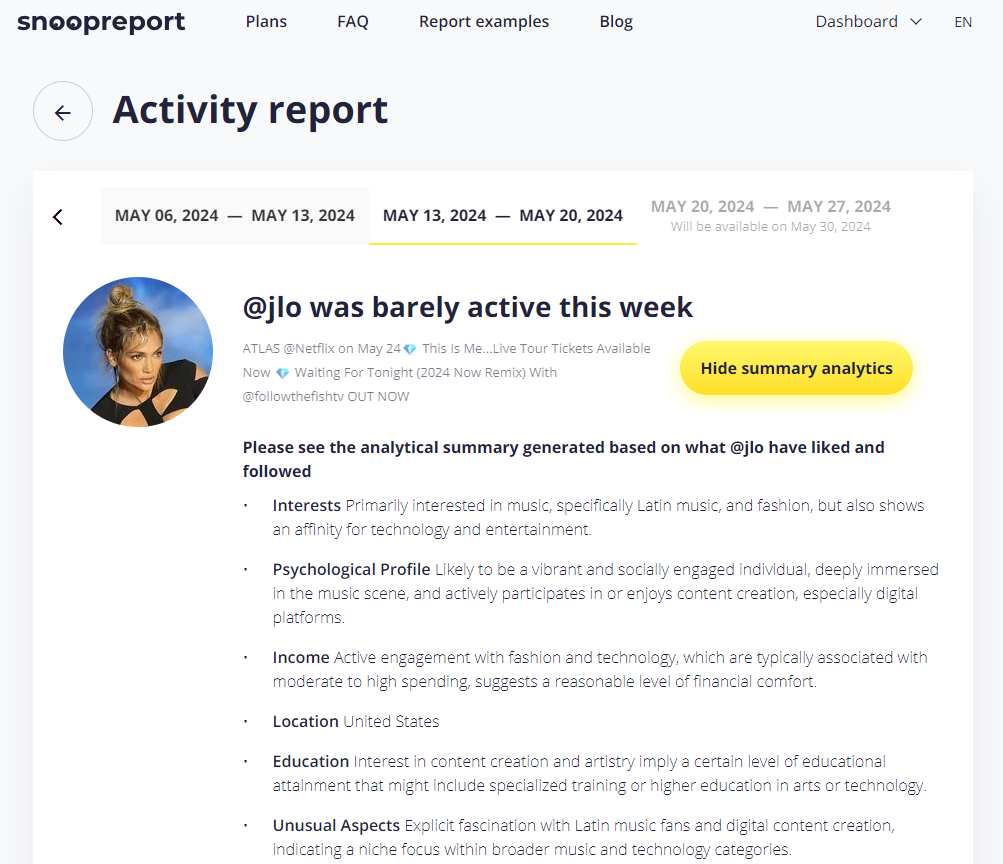On Tuesday, April 9, from 2:25 to 2:50 PM EDT, Chan will appear on a Main Stage panel at ADWEEKâs Social Media Week event in New York. Lindsay Kennedy, vice president of client service at the agency DEPT, will join Chan and ADWEEK executive editor Jameson Fleming on stage to discuss social listening tactics, and using them to maintain cultural relevance. Chanâs latest standout work for Duolingo includes a five-second regional Super Bowl spot in which Duoâs derriere explodes to the familiar Duolingo chime, revealing another green owl appended to Duoâs backside; and Duolingo on Ice, an April Foolâs Day social media spoof on over-the-top entertainment like Disney On Ice.
Ahead of Chanâs Social Media Week session, check out ADWEEKâs interview with her. She digs into her maniacal campaign strategy and what social listening has to do with it.
This interview has been lightly edited for length and clarity.
Can you tease what youâll talk about on stage next week?
Iâm excited about this topic. Itâs pretty core to what Duolingo does. We call our whole marketing strategy, very much, social-first. That means that weâre listening to our community, and focusing a lot of our biggest investment campaigns on what we know resonates with our audience and building the lore of our brand, which is something that we create with our fans. One thing that is unique about Duo, our mascot character that people know, love and fear, is that he started, at least in terms of our brand, as a meme that our learners made.
We were known years ago for our notification strategy of Duo reminding you to do your daily lessons. People took this [concept] and ran with it on the internet. Now weâve made that a pretty core part of our personality, and that already started with social listening.
I also am looking forward to talking about some of our bigger campaigns and how those drew from social insights. One recent one [was] our Super Bowl spot, which was a five-second spot of Duo farting out himself. That came from an insight that we saw with our widgets. So we have a widget you can install on your phone where the images of Duo shuffle through and remind you to do your lesson throughout the day. One of the images that went the most viral on social was an image of Duo coming out of Duo. It started with the widget image.
Iâve used the app for a long time and the Super Bowl ad was one of those things where, if you donât get it or if you didnât get it in the five seconds that it was on screen, you were like, âWhat was that?â
And then you had to Google it.
To what extent was that part of the strategy, and did you see a big uptick in people searching for the brand?
We asked ourselves, âWhat is something that a Disney character would have that Duo does not have?â
âThatâs a cringeworthy theatrical live show on ice.â
âKatherine Chan, global head of social media, Duolingo
Definitely in the brief we knew that if we only have five seconds, it probably would be really hard to convey complex concepts or insights. So in the brief, we were like, âOkay, what can we do in five seconds that will grab attention and create a WTF moment?â We intentionally designed the spot to be that way, and we definitely saw an uptick in terms of users looking for us, commenting about usâand that translated into the app as well.
To what extent do you strive for continuity in telling Duoâs story? For example, Duo had babies with Scrub Daddy. Is that something that youâre going to follow up on? Should we assume that the Duo thatâs featured in each of these bits is the same Duo or a different variation of him?
To be honest, itâs a little bit fluid. At this point, we have about eight or so TikTok accounts. A lot of them are market-specific. So like, Duolingo Japan, or Duolingo Germany, for example. We have slightly different Duoâs per market, and we call it the Duo Multiverse. At least per individual account, we try to keep some continuity in the narratives and storylines, but we leave room for flexibility. Realistically, most people are experiencing social media on a post-by-post, very atomized basis. So, we try not to be too precious about it.
How did you come up with the Duolingo on Ice idea?
April Foolâs is a moment that weâve captured as a brand for multiple years now, going back to before I even started. The first campaign was like five years ago. Weâve tried to build it bigger and bigger since then. The Duolingo on Ice idea came from the insight that we have this internal, I guess you call it a âNorth star metricââthat we want Duo to be more famous than Mickey Mouse. We asked ourselves, âWhat is something that a Disney character would have that Duo does not have?â Thatâs a cringeworthy theatrical live show on ice. It just seemed to fit the narrative of Duo thirsting to be a star. Generally speaking, we think of our Duolingo accounts as Duoâs social accounts. He sort of posts as an influencer would, right? Itâs more about him and his personality than our product.





